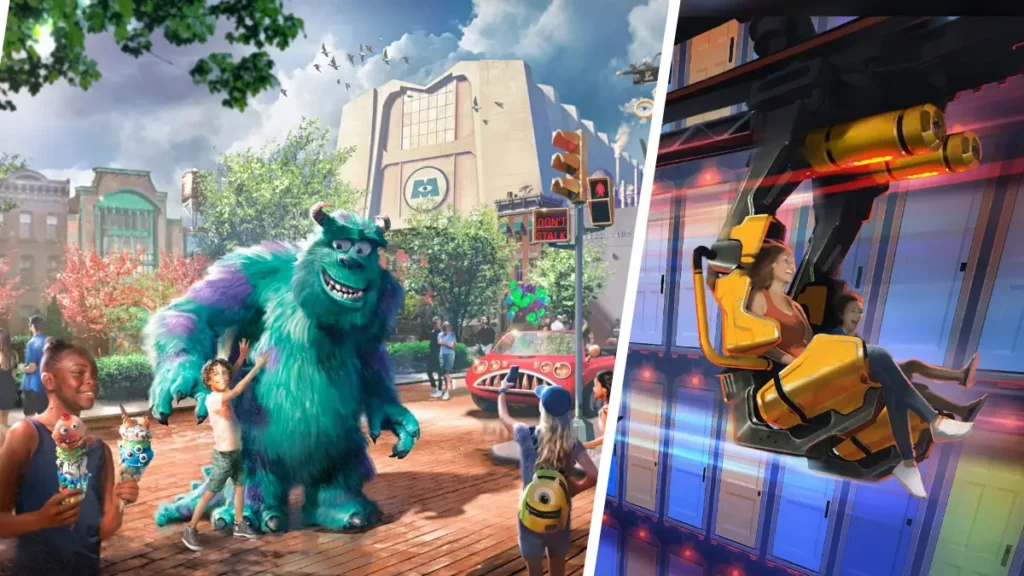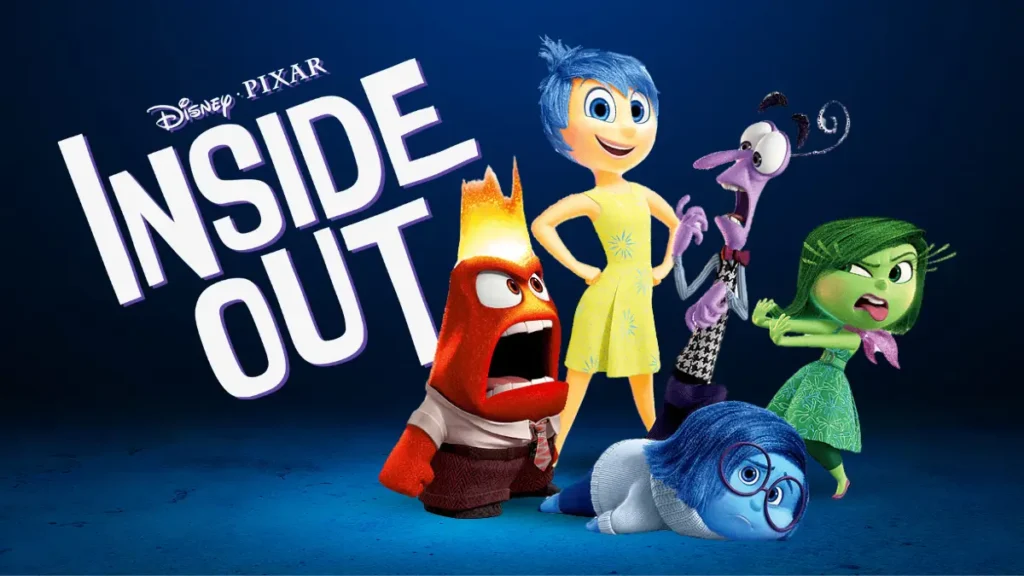
Some of the links in this post are affiliate links. This means we may earn a small commission from links you click on this page at no extra cost to you.
Inside Out was a revelatory film upon its release in 2015. Sure, Pixar has made films to entertain the whole family before, but the film’s ability to take complicated psychological concepts and personify them simultaneously made understanding our own emotions less frightening and easier to understand. It’s a narrative achievement we fully expect to see honored by the new emotions in Inside Out 2. But first, let’s take a look at Pixar’s Inside Out characters—both human and emotion.
Inside Out Emotions
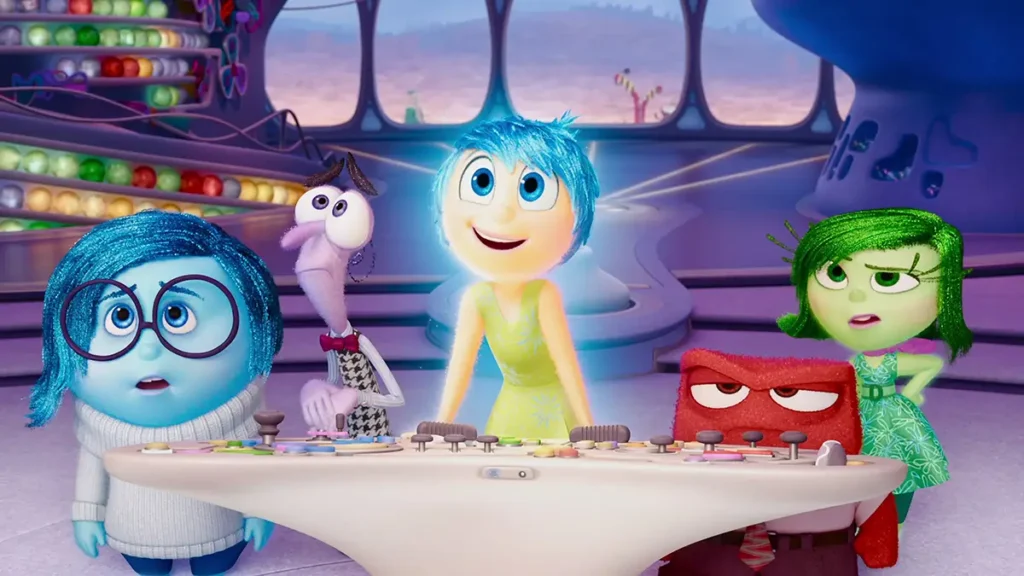
Riley goes through quite the transformation in Inside Out. Not only does she have to contend with getting older, and navigating all of the complicated emotional elements that come with the process, but she’s forced to move and start a new life in another state. This shakeup proves to be too much for the eleven-year-old, as the emotions who previously spearheaded her daily life get pushed to the margins, and the emotions that only occasionally took the lead become the driving force behind her actions. These emotions include:
Joy
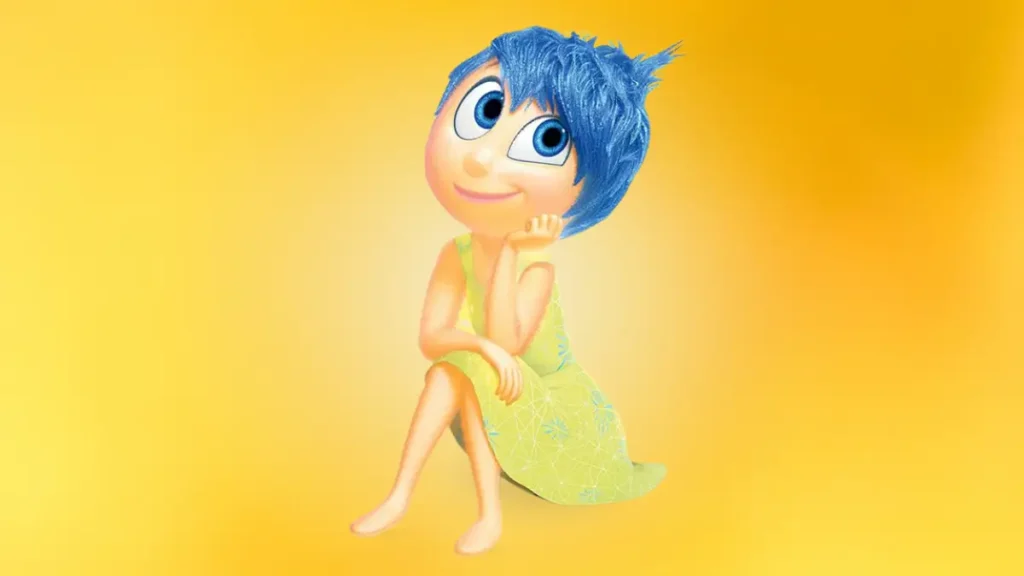
Joy is the most recognizable emotion from Inside Out‘s characters because she likes to be front-and-center. She’s peppy and upbeat, obviously living up to her name, but the first film showed that she also had some shortcomings.
Joy, voiced by Amy Poehler, can get frustrated with those who don’t share her namesake joy, and can therefore be judgemental towards the rest of the emotion characters. She manages to overcome her shortcoming by accepting that she’s just one part of Riley’s emotional makeup, rather than the sole focus.
Sadness
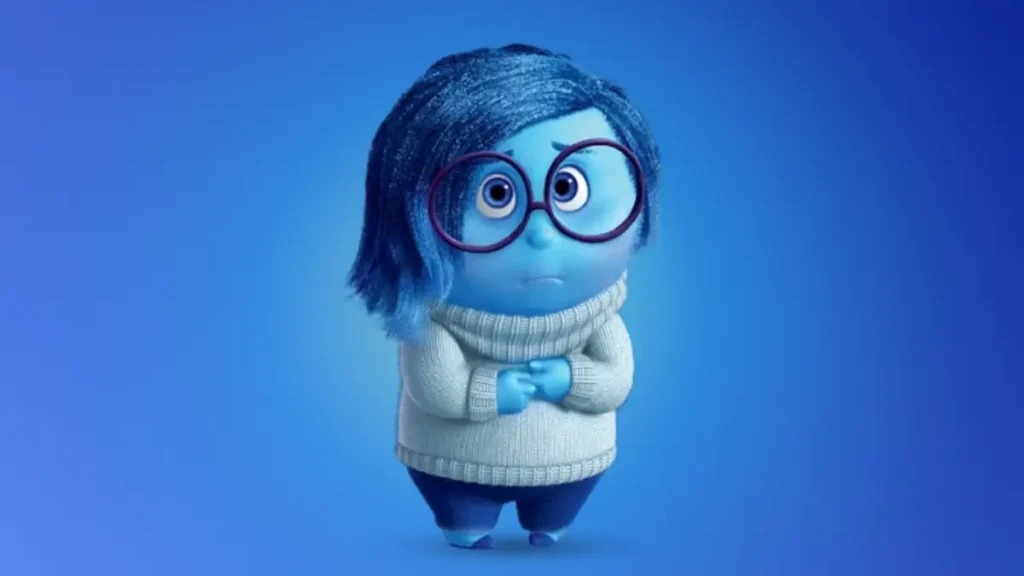
Sadness, voiced by Phyllis Smith, is the yin to Joy’s yang. She represents all the feelings of pain brought on by the challenges of new transitions that Riley encounters in the film, and as a result, experiences constant pushback from Joy. The thing that Sadness and Joy come to realize over the course of the film, however, is that both of them are crucial to making Riley a well-balanced person.
Sadness also undergoes a transformation of sorts in how she’s perceived by the audience. We’re made to gravitate towards Joy at the onset of the film, but the more we come to learn about Sadness’ role in Riley’s life (and each of our own lives), the more we come to realize how crucial and necessary she really is.
Fear
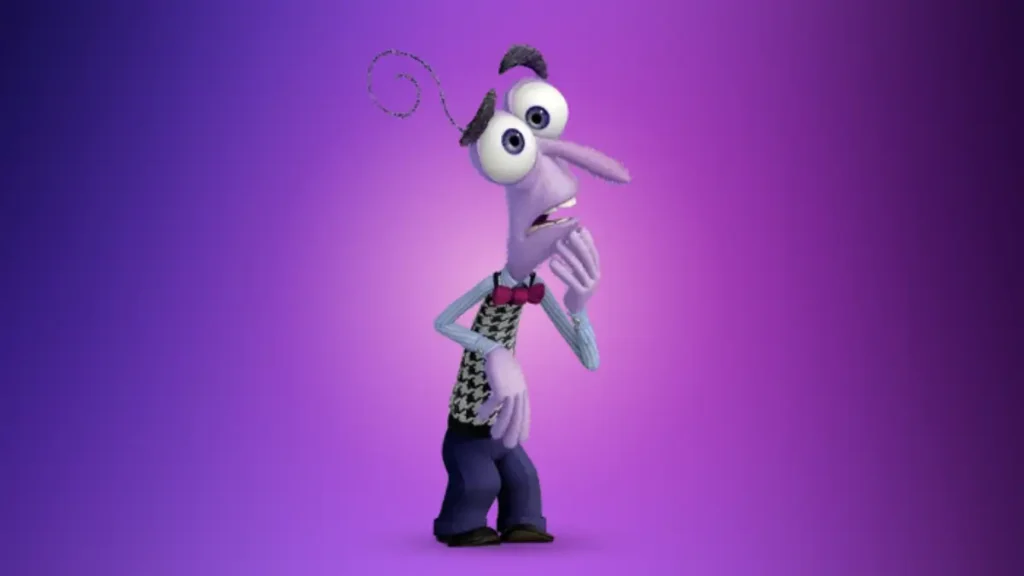
Fear was the comic relief in the first Inside Out. He was hopelessly uncertain of his surroundings, and was reluctant to make any major decisions for fear of making a mistake. Once more, however, Fear (voiced by Bill Hader in the first film, Tony Hale in the second), discovered how to factor into Riley’s life in a meaningful and ultimately beneficial way.
Fear rattling off a laundry list of concerns Riley may have sums up his character pretty succinctly. He’s equally as terrified of legitimately deadly things most people never encounter, like quicksand and spontaneous combustion, as he is of harmless everyday scares, like getting called on by the teacher. Useful for survival, but sometimes a deterrent.
Anger
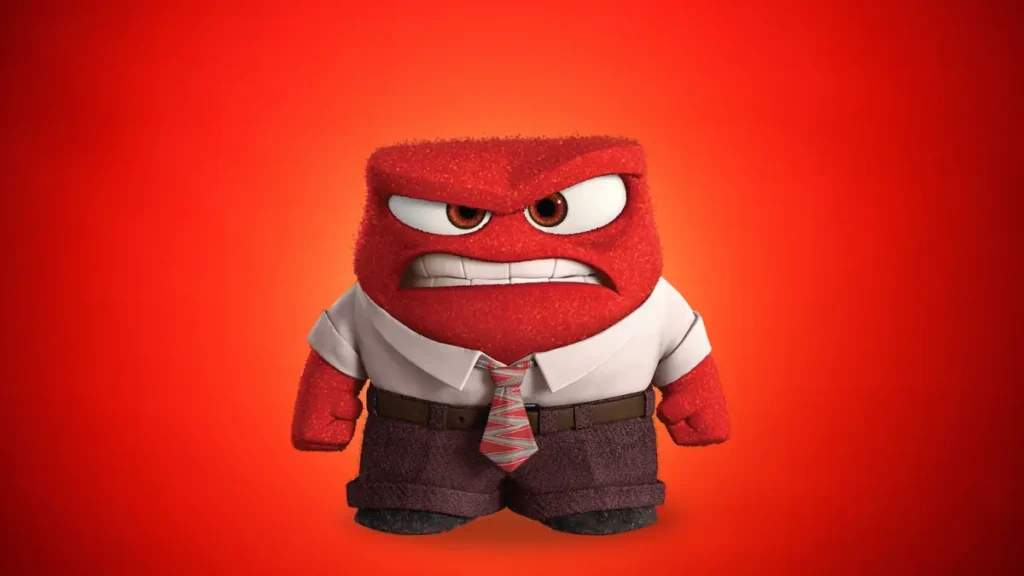
Anger is exactly what you’d imagine him to be: explosive, irrational, and impulsive. He’s everything we try to repress when making decisions based on reason, but he can also be useful when we’ve been slighted, and need to vent out frustrations. Anger, voiced magnificently by Lewis Black, is not going to be pleased with the teenage Riley when he realizes there’s a new crew added to her roster of emotions.
Those who watched the first Inside Out will recall the reveal that Anger gained access to a slew of curse words when Riley turned 12, which came near the final scene and proved to be one of the most unexpected (and hilarious) moments in the entire film.
Disgust
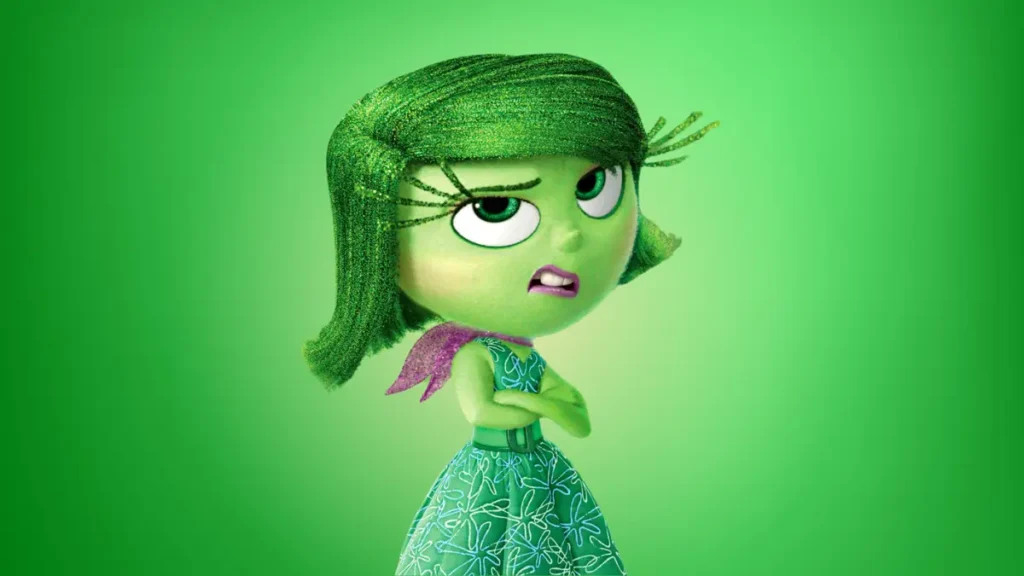
Disgust was one of three Inside Out characters, along with Fear and Anger, who were forced to take control of Riley when Joy and Sadness were expelled from “Headquarters.” It’s quite literally her job to be unimpressed and put-off by the things that Riley encounters on a regular basis, so she’s bound to play more of a role as the character gets older.
One of the best running jokes in Inside Out is Disgust’s near-constant impulse to vomit whenever she’s grossed out by something. She gets into an argument with Anger and nearly gets sick, then does the same when Joy names gross things in an attempt to distract her.
The Andersen Family
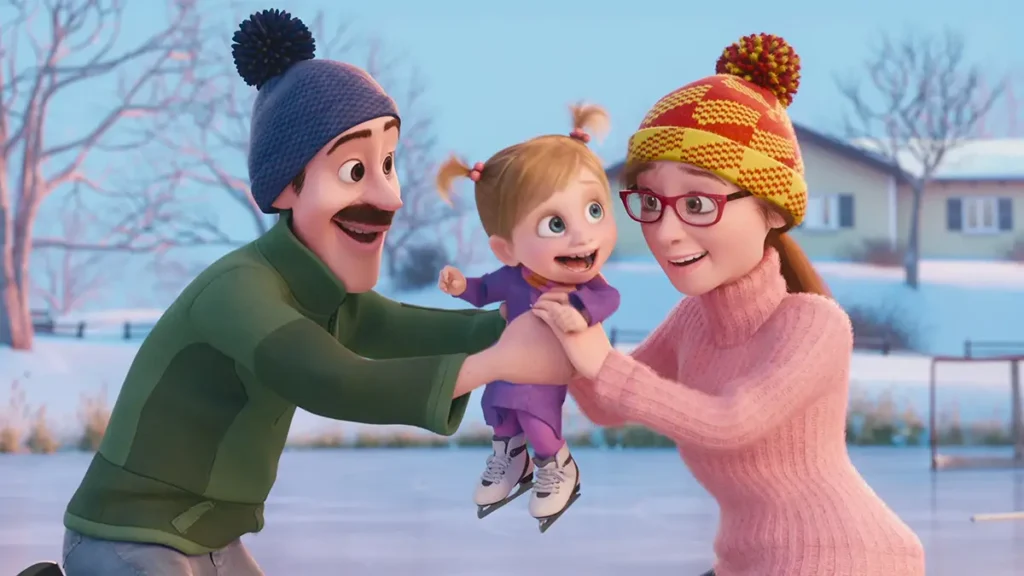
The memorable emotion characters from Inside Out would not exist, of course, were it not for the human characters they inhabit. Joy and Anger may be the most iconic figures to come out of the franchise, but Riley Andersen is the real protagonist of Inside Out, and seeing her evolve throughout her childhood is part of what makes the franchise so emotionally resonant.
It’s a journey that everybody takes, and the pivotal role that Riley’s parents play in helping her sort through her emotions grounds the film in a reality that anybody from any age range can relate to. So, without further ado, let’s delve into the human Inside Out characters.
Riley Andersen
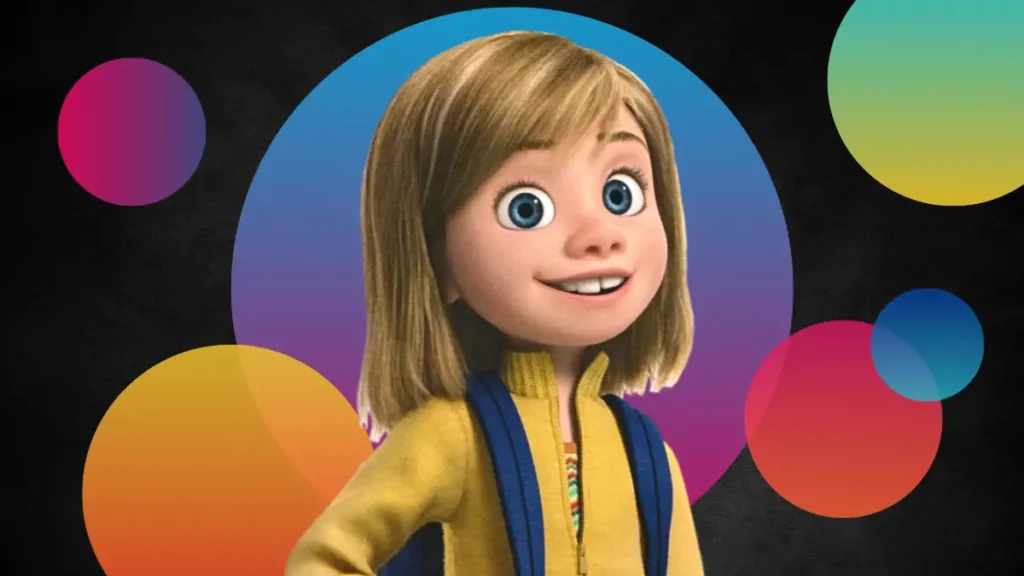
Riley went through quite the emotional rollercoaster in the first film. She was forced to move from Minnesota to San Francisco at the formative age of 11, and the radical shift in setting led to her acting out of character. She was suddenly more prone to anger and emotional outbursts in front of her new classmates. Things get so bad, in fact, that she falls into a depression and nearly boards a bus back to Minnesota.
Fortunately, the five emotion characters inside of her manage to straighten things out, and reestablish the inner-workings that made Riley such a relatable character in the first place. She’s back to her usual, well-balanced self. Becoming a teenager is going to be an even bigger undertaking in Inside Out 2, but we know that Riley has what it takes to come out the other side intact.
Riley’s Mom
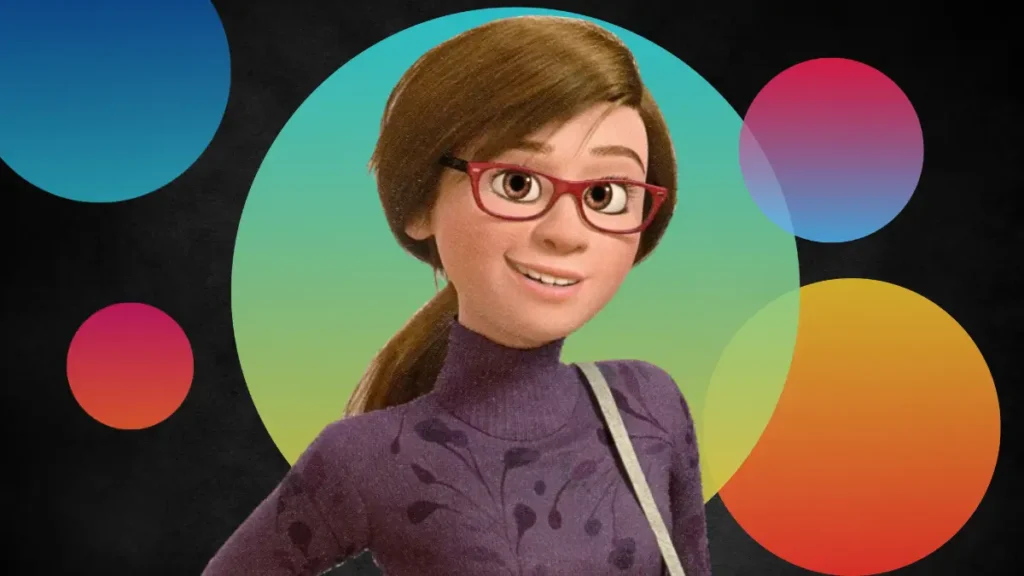
Riley’s mom, like each of member of the Andersen family, has emotions operating within her too. The difference is, all of the emotion characters have the same glasses and hairstyle, implying a consistency and a coherence that the still-evolving Riley has yet to achieve.
Riley’s mom, voiced by Diane Lane, appears to have everything under control, but it’s eventually revealed that Sadness is one of her main emotions. She’s been forced to sacrifice a lot for the sake of her family, but her ability to channel Sadness into Empathy marks a huge distinction between the way children deal with emotions versus the way adults do.
Riley’s Dad
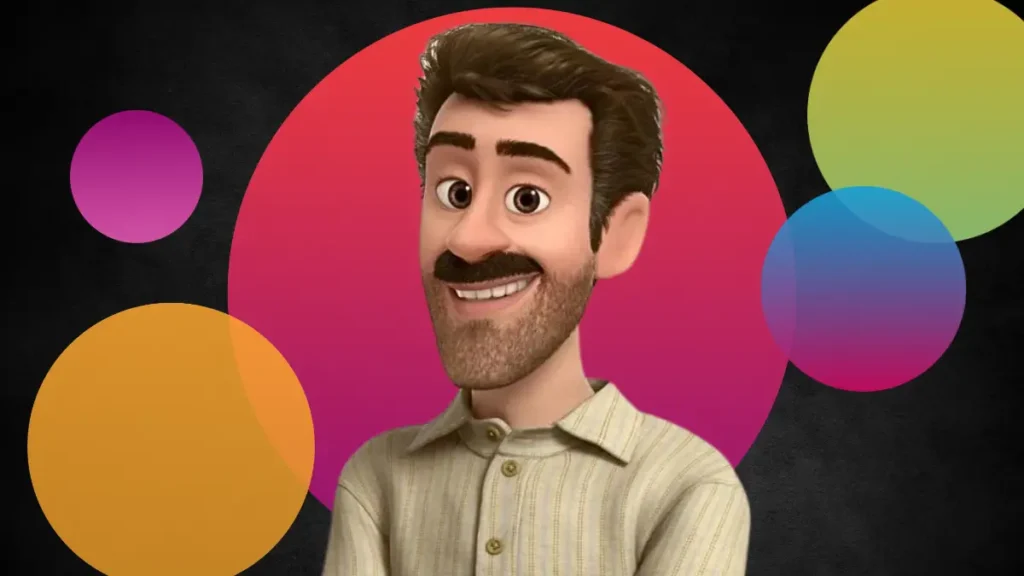
Like Riley’s mom, Riley’s dad is introduced as someone with internalized emotion characters who directly mirror him. Each of his five emotions have his mustache, but once more, a defining emotion rises to the surface: Anger. Riley’s dad, voiced by Kyle MacLachlan, means well, and his decision to uproot his family and take a job across the country comes from a desire to provide for them.
Anger takes control in the instances in which Riley’s dad is unable to reconcile the effort he’s putting into his work with the Sadness that has manifested in both his wife and daughter. A better understanding between all three human characters is reached by the end of Inside Out, but it’s safe to assume that there will be similar frustrations and misunderstandings with Riley in Inside Out 2.



